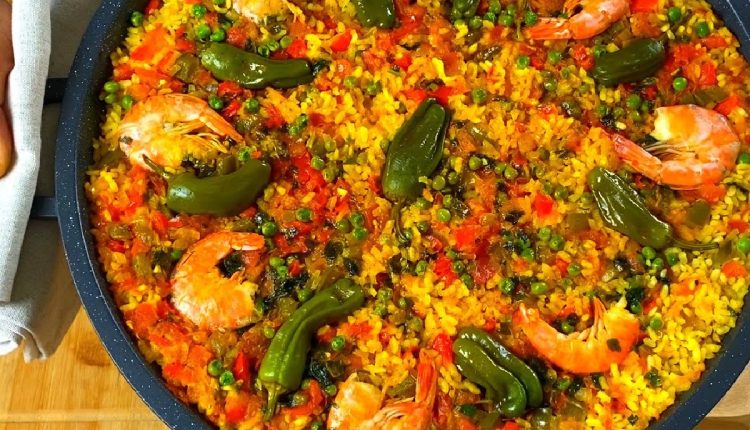A Dish That Defines a Nation
In the vibrant kitchens of Valencia, Spain, a dish was born that would go on to represent the heart and soul of Spanish cuisine — Paella. More than just rice and seafood, paella is a celebration of community, culture, and craftsmanship. Whether enjoyed during a family gathering or savored in a beachside café, paella tells a story in every saffron-tinted spoonful.
A Historic Taste: Origins of Paella
Paella dates back to the mid-19th century in Valencia, where rice fields and fresh produce created the perfect environment for this iconic dish. Traditionally cooked over an open flame in a wide, shallow pan, paella began as a humble farmer’s meal, made with whatever ingredients were on hand — rabbit, snails, green beans, and tomatoes.
As coastal communities added local seafood, the dish evolved. Today, paella comes in several regional variations, but all share the same spirit: unity through food.
The Three Pillars of Paella
1. The Rice
Spanish Bomba rice is the gold standard — short-grain, absorbent, and firm. It soaks up all the flavor without becoming mushy.
2. The Saffron
Saffron, the world’s most expensive spice, gives paella its golden hue and delicate aroma. It’s not just a color—it’s character.
3. The Socarrat
A crispy, caramelized layer of rice at the bottom of the pan, socarrat is the most prized part of paella, offering a satisfying crunch and burst of flavor.
Types of Paella: Something for Everyone
Paella de Marisco (Seafood Paella)
Filled with shrimp, mussels, clams, and squid, this version is a seaside favorite.
Paella Valenciana
The most traditional version, made with rabbit, chicken, and green beans — no seafood here.
Paella de Verduras
A vegetarian delight loaded with seasonal vegetables like artichokes, peppers, and beans.
Mixed Paella
A crowd-pleasing fusion of meat and seafood — bold, hearty, and full of flavor.
Cooking Paella: A Communal Ritual
In Spain, paella is more than a meal — it’s a social event. Cooking it is often a group activity, with family and friends gathering around a large outdoor fire. Timing is everything — from the layering of ingredients to achieving the perfect socarrat.
And yes, it’s traditionally eaten directly from the pan!
Paella Across the Globe
Paella has conquered the world, finding a place in kitchens from Mexico City to Melbourne. While some modern versions add chorizo (which traditionalists strongly oppose), the essence remains the same: a warm, generous dish that brings people together.
Many global chefs have put their own spin on paella, using local ingredients while respecting the Spanish techniques. It’s fusion done right.
How to Enjoy Paella Like a Spaniard
-
Always eat it fresh — reheating ruins the texture.
-
Pair with a glass of Sangria or Spanish white wine.
-
Avoid overloading it with too many ingredients. Simplicity is elegance.
-
Respect the rice. Never stir once the liquid is added!
Conclusion: More Than a Meal
Paella is not just a dish—it’s a living tradition. Each serving carries the warmth of Spanish hospitality, the wisdom of generations, and the joy of sharing good food with great company. Whether you’re a seasoned foodie or just discovering global cuisines, paella is a must-try on your culinary journey.


Comments are closed.